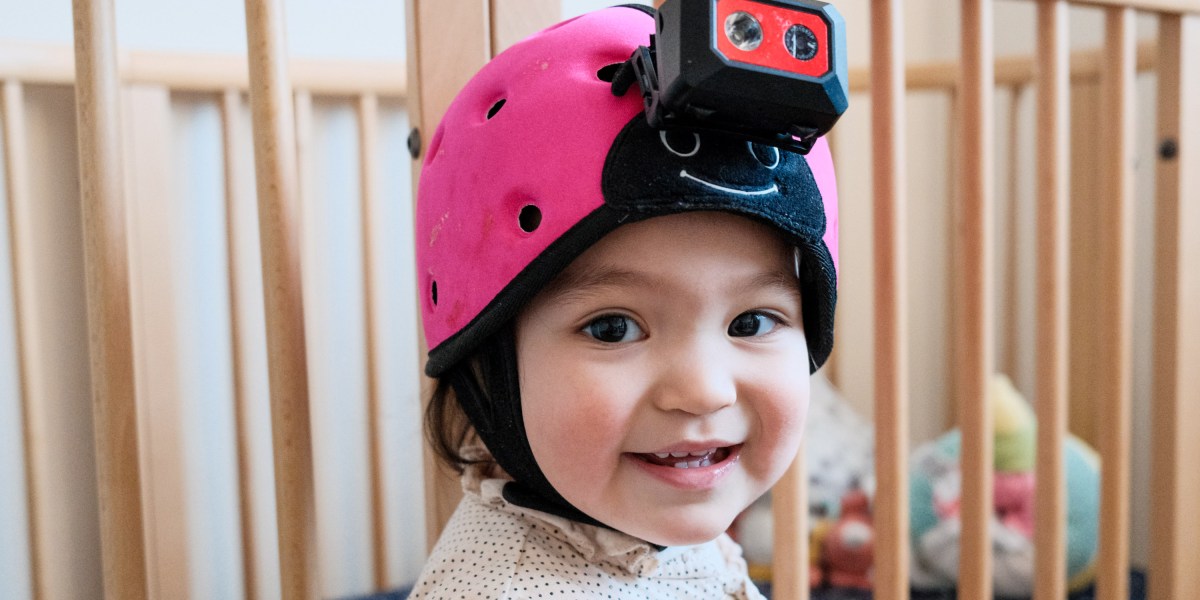Human infants excel in learning compared to even the most advanced large language models. While ChatGPT required extensive training on massive datasets containing millions or even a trillion words to produce coherent English text, young children achieve significant communication skills by the age of three with access to only a fraction of that data.
Researchers at New York University pondered the possibility of AI mimicking infant learning capabilities. They explored how an AI model would perform when exposed to a significantly smaller dataset—specifically, the visual and auditory inputs encountered by a single child during language acquisition.
Surprisingly, the AI model demonstrated remarkable progress. It successfully associated words with corresponding objects based on the limited data provided. Brenden Lake, a computational cognitive scientist at New York University and one of the study’s authors, noted, “There’s sufficient data in this snippet of the child’s experience for genuine word learning to occur.” This study, featured in Science, not only sheds light on infant learning mechanisms but also holds potential for enhancing AI models.
The research team utilized 61 hours of video footage from a camera worn by a child named Sam, residing near Adelaide, Australia. Sam wore the camera sporadically from six months old to just over two years, capturing approximately 1% of his waking hours. The footage depicted Sam’s interactions with his surroundings, including his pets, parents, toys, home environment, and meals. This unique dataset offered unprecedented insights into a child’s perceptual world.
To train the AI model, researchers paired 600,000 video frames with corresponding spoken phrases by Sam’s parents or caregivers—totaling 37,500 utterances. Some instances aligned words with objects, while others presented mismatches. By observing these associations, the model learned to link words with their visual representations.
Matching words to objects may seem straightforward, but it poses a complex challenge. Consider a typical living room in a household with young children—filled with furniture, toys, and scattered items. Deciphering the referents of words like “ball” amidst this array of objects requires nuanced understanding. Brenden Lake emphasized the infinite potential meanings behind each word, highlighting the intricate nature of language acquisition.
While some argue that children possess innate language learning mechanisms to facilitate rapid acquisition, this study suggests that certain language aspects are learnable from limited experiences. Jess Sullivan, a developmental psychologist involved in collecting Sam’s data, acknowledged the paradigm-shifting implications of this research on language acquisition.
Moving forward, the researchers aim to refine the model to emulate early language learning more authentically. This may involve exposing the model to additional data or incorporating elements like parental gaze tracking or object permanence, crucial for children’s cognitive development. By enhancing AI models to mimic children’s learning patterns, researchers anticipate gaining deeper insights into human learning processes.
The ultimate goal is to develop AI systems that emulate human-like language learning, fostering efficiency and adaptability akin to human cognition. By bridging the gap between AI and human intelligence, these advancements aim to imbue AI with a deeper understanding of context, enabling meaningful responses to novel situations and experiences.










